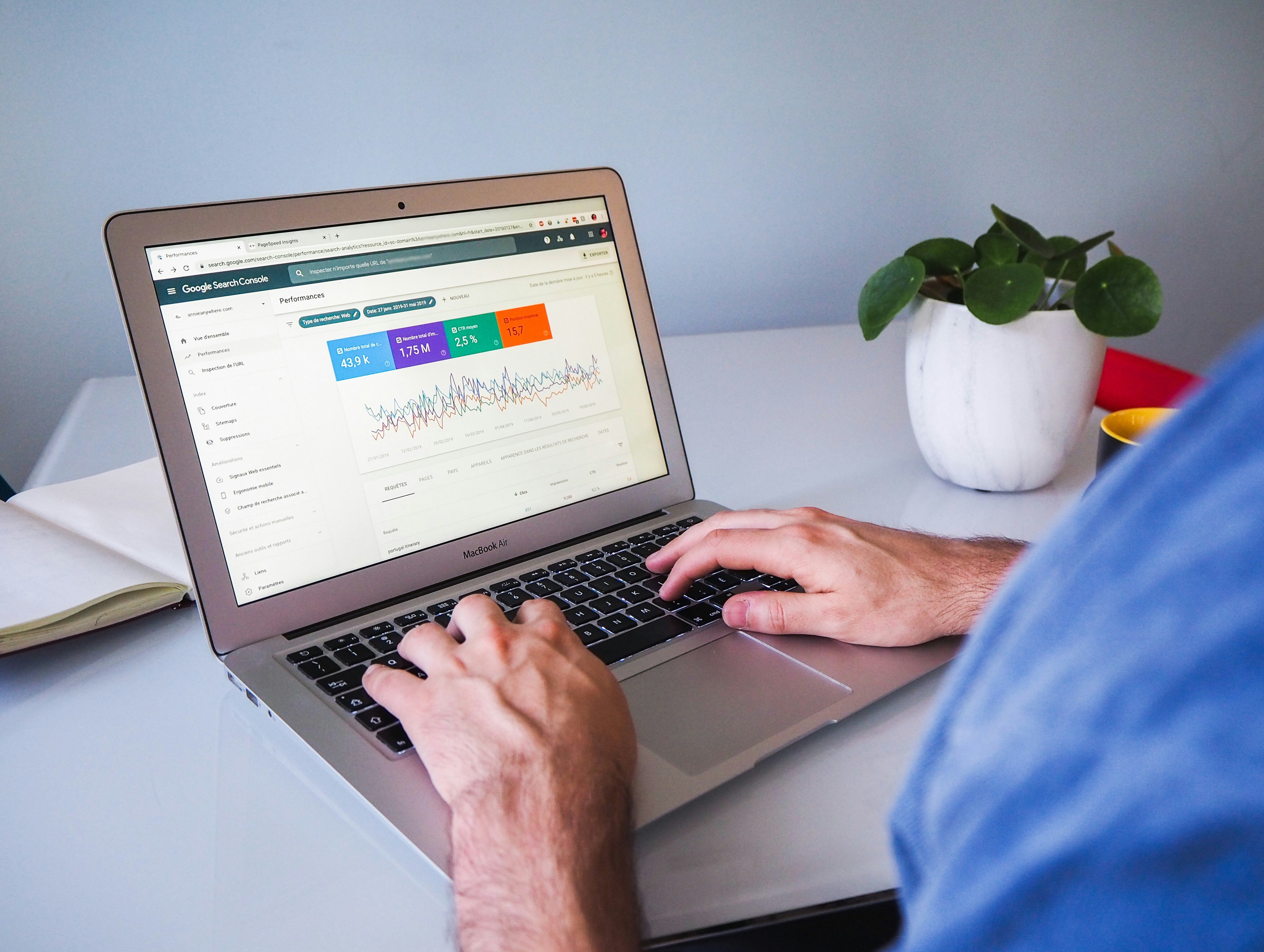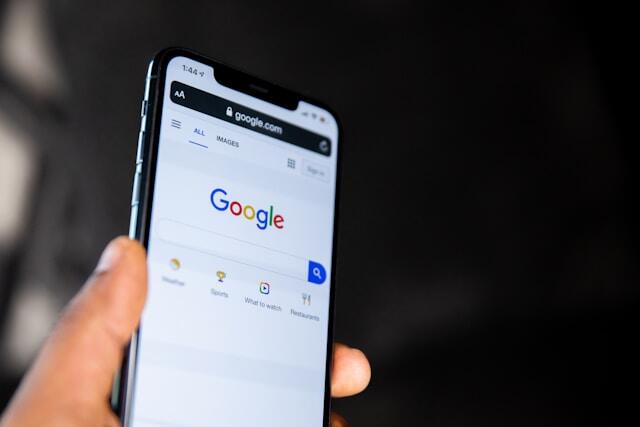Google Ads vs Facebook Ads: A Quick Comparison
When it comes to online advertising, Google Ads and Facebook Ads are two of the most powerful tools available to marketers. Both platforms offer unique advantages and have distinct features that can benefit your marketing strategy. In this article, we'll compare Google Ads and Facebook Ads in terms of tracking, budget control, audience targeting, creatives, and bidding strategies to help you decide which platform is best for your needs.
Tracking
Google Ads:
Google Ads excels in tracking and analytics. Google's robust tracking tools, such as Google Analytics, allow marketers to monitor campaign performance in real time. The platform provides detailed insights into clicks, impressions, conversions, and other key metrics, making it easier to measure ROI and adjust strategies accordingly. Additionally, Google's conversion tracking is highly accurate, enabling precise attribution of conversions to specific ads.
Facebook Ads:
Facebook Ads also offer comprehensive tracking capabilities through the Facebook Pixel. This tool tracks user actions on your website after they click on an ad, providing valuable data on conversions, purchases, and user behaviour. While Facebook's tracking is powerful, it can sometimes be less accurate than Google's due to differences in how the platforms attribute conversions. However, Facebook's insights into user engagement and demographics are unparalleled, offering a unique perspective on your audience.
Budget Control
Google Ads:
Google Ads allows for precise budget control, with options to set daily or campaign-level budgets. The platform offers flexibility in adjusting bids and budgets based on performance, ensuring that you don't overspend. Google's pay-per-click (PPC) model means you only pay when someone clicks on your ad, making it cost-effective for businesses of all sizes.
Facebook Ads:
Facebook Ads also provides strong budget control features, allowing advertisers to set daily or lifetime budgets. The platform's bidding options, such as cost-per-click (CPC) and cost-per-impression (CPM), give marketers flexibility in how they spend their budget. Additionally, Facebook's ad scheduling and budget optimisation tools help maximise the effectiveness of your ad spend.
Audience Targeting
Google Ads:
Google Ads offers extensive audience targeting options through keywords, location, demographics, and device types. The platform's intent-based targeting allows you to reach users who are actively searching for products or services similar to yours. This makes Google Ads highly effective for capturing high-intent leads who are ready to convert.
Facebook Ads:
Facebook Ads excels in audience targeting due to its vast amount of user data. The platform allows for detailed targeting based on interests, behaviours, demographics, and even custom audiences created from your customer lists. Facebook's lookalike audiences feature enables you to reach new users who resemble your existing customers, expanding your reach with precision.
Creatives
Google Ads:
Google Ads primarily relies on text-based ads for search campaigns, with options for image and video ads in display campaigns. While text ads can be effective for capturing search intent, they offer limited creative flexibility. Display ads provide more opportunities for visual storytelling but are often less engaging than social media ads.
Facebook Ads:
Facebook Ads offers a wide range of creative formats, including image, video, carousel, and slideshow ads. These formats enable advertisers to create highly engaging and visually appealing content that captures users' attention. Facebook's emphasis on visual storytelling makes it ideal for brands looking to build emotional connections with their audience.
Bidding Strategies
Google Ads:
Google Ads provides various bidding strategies, such as manual CPC, automated bidding, target CPA (Cost-Per-Acquisition), and target ROAS (Return-On-Ad-Spend). These strategies allow advertisers to optimise for different campaign goals, whether it's maximising clicks, conversions, or return on investment. Google's machine learning algorithms continuously optimise bids to achieve the best possible results.
Facebook Ads:
Facebook Ads also offers multiple bidding options, including manual bidding, automatic bidding, target cost, and bid cap. These strategies help advertisers control costs and achieve specific campaign objectives, such as driving traffic, generating leads, or increasing conversions. Facebook's algorithm optimises ad delivery to achieve the desired outcomes within the set budget constraints.
Conclusion
Both Google Ads and Facebook Ads are powerful advertising platforms, each with its own set of strengths and weaknesses.
- Google Ads is ideal for capturing high-intent leads through precise keyword targeting and robust tracking capabilities. It offers excellent budget control and a variety of bidding strategies to optimise performance.
- Facebook Ads excels in audience targeting and creative flexibility, allowing for highly engaging visual campaigns. Its rich user data enables detailed targeting, making it perfect for brands looking to build strong connections with their audience.
Ultimately, the choice between Google Ads and Facebook Ads depends on your specific marketing goals, target audience, and budget. For many businesses, a combination of both platforms may offer the best results, leveraging the strengths of each to create a comprehensive and effective advertising strategy.



